Cargando...
Recursos educativos
-
Nivel educativo
-
Competencias
-
Tipología
-
Idioma
-
Tipo de medio
-
Tipo de actividad
-
Destinatarios
-
Tipo de audiencia
-
Creador
Lo más buscado
- Gloria Fuertes
- Actividades cuerpo humano primaria
- Actividades acuáticas
- Repaso de lengua castellana
- Repaso de tiempos verbales en inglés
- Globoflexia
- Recursos 2.0
- Yoga para niños
- Rimas con letras
- juegos ortografía
- Capitales del Mundo
- Relieve de Australia
- Proyectos escolares sencillos
- juegos matemáticas
- Centenas de millar
-
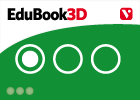
Initial evaluation 03 - Animal reproduction
EduBook Organización
- 1965 visitas
Choose the correct answer in each case: The type of reproduction which only requires one individual: The male reproductive system makes... Animals that hatch from eggs are called... Which of these…
-
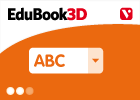
Match. Characteristics of fungi
EduBook Organización
- 1431 visitas
Match the beginning of each sentence with the correct ending. The hyphae in moulds... Hyphae are collectively... Mushrooms, moulds and yeasts... Fungi obtain their food... The hyphae that have a…
-

Biodiversity: THE PLACENTAL AND MARSUPIAL MODES OF REPRODUCTION
Cristina Seco Organización
- 650 visitas
This website discusses a group of mammals that do not have a placenta, the marsupials. It discusses the differences in the reproductive system of marsupials and gives the example of the kangaroo.
-
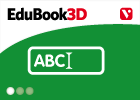
Complete. Reproduction
EduBook Organización
- 4170 visitas
Complete the text on human reproduction: sperm men ovum sexual characteristics Sexual fertilisation zygote reproductive system females reproduction is the type of reproduction in which an from the…
-
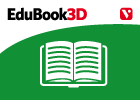
Before you start - Plant reproduction
EduBook Organización
- 3952 visitas
Didactic objectives Observe flowers and identify their parts. Recognise and distinguish between the protective and reproductive parts of a flower. Explain how a flower works. Compare different types of…
-
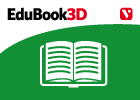
Sexual reproduction and fertilisation
EduBook Organización
- 3403 visitas
Sexual reproduction in animals Most animals reproduce sexually: a new individual is created by the fertilisation of a female ovum by a male sperm. In nearly all species of animals, individuals are…
-
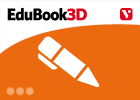
Talk about it. Plant reproduction
EduBook Organización
- 3340 visitas
Look at the pictures and answer the questions. What types of plant reproduction do you know? What is the relationship between flowers and pollen grains? How are seeds and fruits formed? How are they…
-
Seed-producing plants. Gymnosperms
EduBook Organización
- 2949 visitas
3.1. Seed-producing plants Seed-producing plants reproduce through seeds. Like ferns, they have vessels and vegetative organs. There are two groups of seed-producing plants: Gymnosperms are plants with…
-
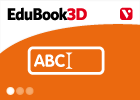
Complete. Seed-producing plants
EduBook Organización
- 2566 visitas
Complete the text with the missing words: unprotected – protected – embryo – embryo – cotyledons seeds – photosynthesis – gymnosperms Seed-producing plants reproduce through . There are two…
-
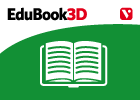
Summaries - Animal reproduction
EduBook Organización
- 2143 visitas
1. Sexual reproduction and fertilisation Most animals reproduce sexually: a new individual is created when a sperm fertilises an ovum to form a zygote. There are two types of individuals, males and…
Te estamos redirigiendo a la ficha del libro...













